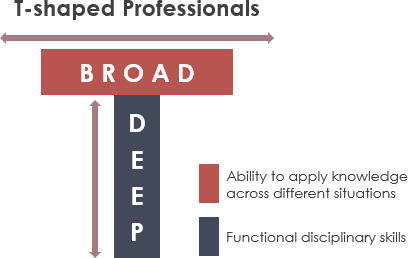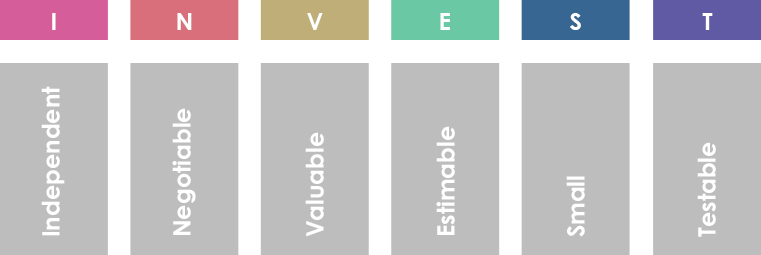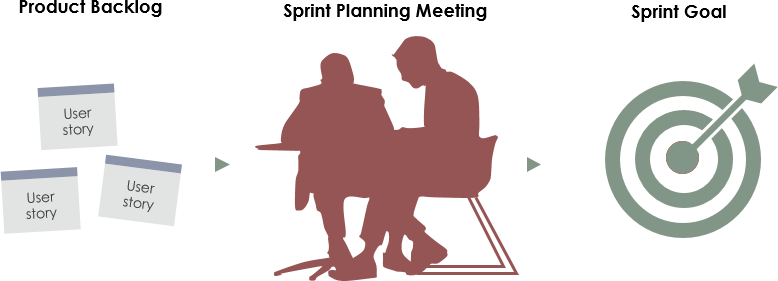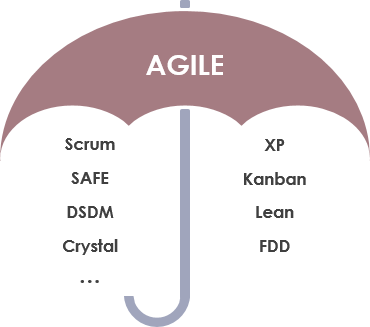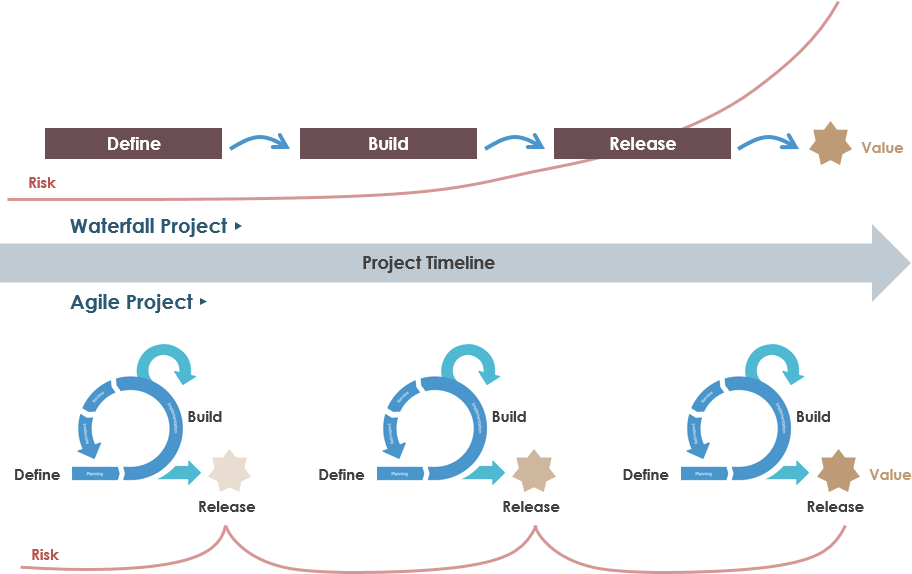Home » Archives for September 2023 » Page 4
Introduction In the fast-paced world of software development, Scrum has become a go-to framework for fostering collaboration, adaptability, and efficiency. At the heart of every Scrum project lies the development team, a group of diverse individuals responsible for delivering high-quality software incrementally. Within these teams, you'll find a mix of skill sets, with some members being T-shaped and others I-shaped. In this article, we explore the concept of Scrum development teams, the characteristics that distinguish T-shaped and I-shaped team members, and how finding the right balance between these two profiles can lead to…
continue reading →
Introduction In the world of Agile development, achieving project success relies heavily on a set of guiding principles and practices. One such framework that plays a pivotal role in Agile project management is INVEST, an acronym that stands for Independent, Negotiable, Valuable, Estimable, Small, and Testable. INVEST serves as a critical tool for ensuring that user stories or requirements are well-defined and can be effectively managed throughout the software development lifecycle. In this article, we will delve into the purpose of INVEST in Agile, discuss common problems it helps to address, and provide…
continue reading →
Introduction User stories are a fundamental tool in agile software development, serving as a means to capture and communicate project requirements. When creating user stories, it's essential to make them clear, concise, and actionable. One approach that aids in achieving this clarity is the SMART framework. SMART stands for Specific, Measurable, Achievable, Relevant, and Time-bound, and it provides a structured method for formulating user stories that enhance project success. In this article, we'll delve into the SMART criteria and illustrate their application through sample problem descriptions and examples. Understanding the SMART Criteria The…
continue reading →
Introduction Agile is a methodology known for its flexibility, adaptability, and iterative approach to project management. At its core, Agile encourages teams to work collaboratively, respond to change, and deliver value incrementally. One of the fundamental components of Agile is the concept of a "sprint goal." In this article, we will explore what a sprint goal is, why it is essential, how it relates to other Agile activities, and provide a real-world example to illustrate its importance. What is a Sprint Goal? In Agile development, a sprint is a time-boxed iteration, typically lasting…
continue reading →
Introduction In the fast-paced world of software development, efficient project management is the key to success. Agile methodologies, such as Scrum, have gained immense popularity for their ability to adapt to changing requirements and deliver value to customers quickly. One crucial element of the Scrum framework is Sprint Planning, a ritual that acts as a bridge between the product vision and the development team's execution. In this article, we will explore the concept of Sprint Planning and how it relates to the product backlog, product owner, and the development team's sprint backlog, using…
continue reading →
Introduction The world of Agile project management has seen widespread adoption, and one of its hallmark features is the Sprint. However, Sprints are often misunderstood as being exclusively tied to Scrum. In this session, we'll delve into the concept of Sprints, explore how they relate to the Agile approach, and discover their versatile applications beyond software development. Whether you're new to Agile or looking to broaden your understanding, join us to unlock the potential of Sprints in various domains. What a Sprint? A Sprint is a time-boxed, fixed-length iteration in Agile development methodologies,…
continue reading →
Introduction In the world of Agile software development, the Product Backlog serves as the compass guiding teams toward successful project completion. Within this dynamic backlog, DEEP—a powerful acronym—takes center stage, influencing decisions and actions at every turn. In this article, we'll explore the DEEP principles and their vital role in different stages of the Agile process. From inception to sprint execution and beyond, we'll uncover how Detailed, Emergent, Estimated, and Prioritized Product Backlog items drive Agile teams toward flexibility, adaptability, and value delivery. What is DEEP in Agile DEEP is an acronym used…
continue reading →
Introduction In today's fast-paced and ever-evolving business landscape, agility has become more than just a buzzword; it's a necessity. Agile methodologies have emerged as a transformative approach that empowers teams and organizations to thrive in an environment characterized by uncertainty and rapid change. At the core of this agile revolution lies the Agile Manifesto, a set of values and principles that serve as a guiding light for businesses seeking to innovate, adapt swiftly, and manage risk effectively. Understanding the Agile Umbrella Agile, as a term, serves as an umbrella encompassing a wide array…
continue reading →
Introduction In the world of project management, selecting the appropriate methodology is akin to choosing the foundation upon which a project will stand. Two methodologies, Agile and Waterfall, have long been at the forefront of this decision-making process. Agile, known for its flexibility and adaptability, stands in stark contrast to Waterfall, which adheres to a structured and sequential path. The choice between these two approaches can significantly impact a project's success. In this article, we will explore the key characteristics of Agile and Waterfall methodologies, examining their strengths and weaknesses, and providing insights…
continue reading →
Introduction In the fast-paced world of software development, effective product backlog refinement is the key to success. It's the process that ensures your team is working on the right priorities and delivering value to your customers consistently. At the heart of this process lies a hierarchical structure comprising User Features, Epics, User Stories, and Tasks. These elements come in various sizes, with User Features encompassing months of work, Epics requiring weeks, User Stories taking days, and Tasks breaking down to just hours of effort. In this article, we'll explore how these components interconnect…
continue reading →

